Rutabaga Is The NEW Neighbor
The Multi-Purpose Vegetable...
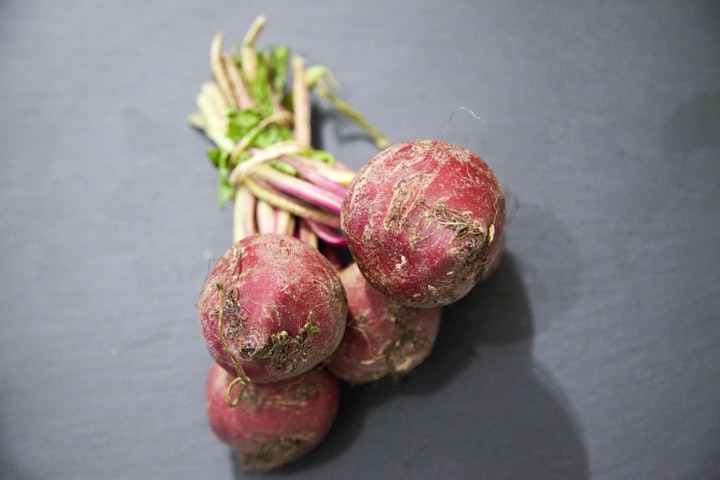
I had no idea what a rutabaga was until my father told me he was cooking one for dinner - as a side dish.
Luckily, we live separately, so the foreign food wasn't present at my dinner table.
"A rutabaga?" I asked into the internet call.
"Yeah!" my father says excitedly. "You never seen a rutabaga before?"
"No, you know Ma stopped cooking when I started taking home economics in junior high school," I replied.
Within an instant, he's up rummaging through his pantry cabinets. He returns to the internet call with a purplish-brown potato-like vegetable. He goes through his spill of how he prepared his and my stepmother's rutabaga, a staple side loved by both of them.
My father enjoys cooking rutabaga as a healthy alternative to using Russet or Golden Yukon potatoes. He likes to peel and boil the root meat and follow the same process, like you would use for mash potatoes.
As I ended the call with my father, I was rather puzzled. Each time I go to the grocery store, the produce department is my first stop. Why haven't I seen rutabagas? Do I skip past them along with the farmer's market selection? Needless to say, my father's tidbits stayed in the back of my head until I went to the store and located them [in our produce aisle].
Worldly known as a "swedish turnip", is an intermix of a cabbage and turnip.
Rutabagas were available at my local grocery store, so I purchased the rutabaga suitable to serve at least two.
As I washed and peeled my rutabaga, here are a few health benefits to the multi-purpose vegetable.
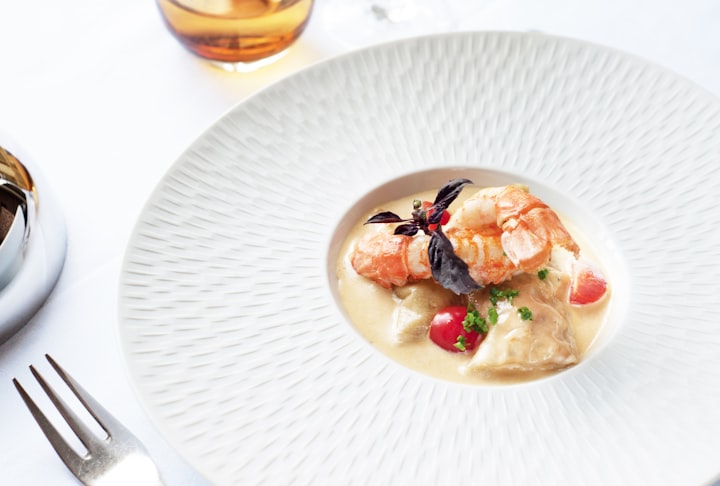
Front line for your immunity health.
A strong immune system is needed to combat colds and flus, skin blemishes, healthy hair, and much more!
Rutabagas are packed with anticancer properties, antioxidants, macronutrients, carotenoids, and micronutrients, which help boost immunity and promote positive health.
The low calorie vegetable has high levels of essential vitamins and minerals, like manganese, potassium, phophorus, magnesium, calcium, iron, zinc, vitamin C, E, and K.
The cruciferous vegetable can also supply rare, sulfur companounds, called gluosinolates, which can reduce the growth of cancerous bodily tumors and improve your eye health.
Protector of your cardiovascular system.
Known as a member of the cruciferous vegetable family, rutabaga is highly packed in glucosinolates, an antioxidant that can reduce inflammation and cardiovascular ailments, like heart disease, colorectal, prostate, and breast cancer.
Eating rutabagas can prevent atherosclerosis, heart attacks, and strokes.
Studies showed diets with cruciferous vegetables will reduce risks of cardiovascular disease by 15%.
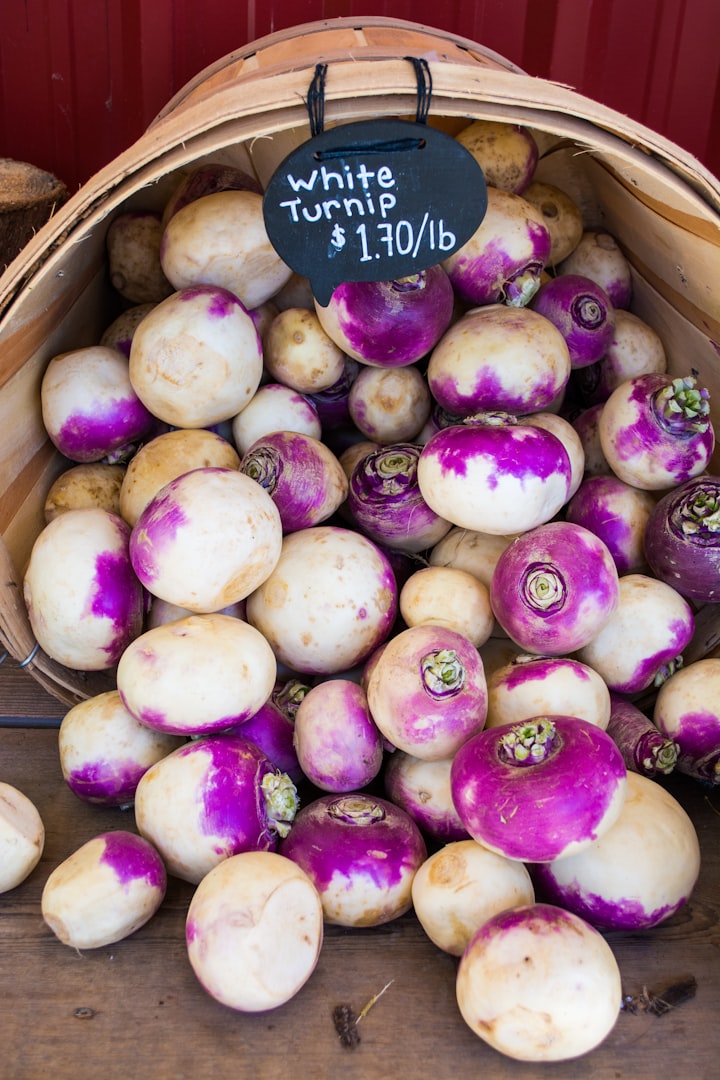
Feel young again.
Adding rutabaga to your diet can help your bone health, muscle contractions, cell reproduction, to name a few.
Eating rutabaga can promote positive bone health.
Essential minerals, like magnesium, manganese, calcium, zinc, and phosphorus promote positive bone health.
Phosphorus is essential for energy production and bone health.
The flexible vegetable provides protein and amino acids needed for cell development, reproduction, and bodily processes.
Selenium promotes reproductive health.
Fiber can improve bowel movements, prevent constipation, and gastronintestional distress.
Rutabagas contain up to 12% of daily value of fiber.
Glucosinolates found in rutabagas can reduce signs of aging.

For what it's worth...
Also known by "Russian turnips" contain little polyunsaturated fats, no fats, and has a glycemic index of 72.
I don't cook rutabaga each meal I create. I like to consider the vegetable my special guest at the dinner table on festive occassions, like Thanksgiving or Christmas dinner.
Rutabagas can be eaten raw and cooked.
I like to shred raw rutabaga on my salads [or rolled in my sushi]. Recently, I've created a few recipes using rutabagas as an alternative for potatoes in my pot roast, cornish hens, and steak dishes. The flexibility of the vegetable's sweet, yet notes of bitter flavor is phenomal!
Rutabaga was used in a variety of food cuisines, like Chinese, Japanese, Indian, Scandinavian, European, British, and American.
Be sure to wash and peel the skin. There's a protective wax coating on the exterior.
Store rutabaga for cooking use up to two weeks in the refrigerator. My father suggested preparing them for meal prep are ideal as well. He was right; the remaining rutabaga I don't use, I vaccuum seal and freeze for later use.
According to Healthline, a medium size portion of rutabaga has many nutritional advantages.
A medium sized or portioned rutabaga has 35% daily value of potassium which ease muscle contraction and maintaining healthy blood pressure.
A medium sized or portioned rutabaga has 80% daily value of vitamin C and glucosinolates.
Rutabagas are considered a winter vegetable, so be sure to harvest in the fall or prior to winter. On my microfarm, I'm growing American Purple Top and Laurentian rutabagas!
Rutabagas are known as one of the healthiest foods in the world.
Do you agree?
About the Creator
Ashley Terrell
Bestselling author. Entrepreneur. Seasonings and spices saved my life. Where sheep and angels share the same color. Newport News, VA. Conqueror and lover of all things Fine Arts.


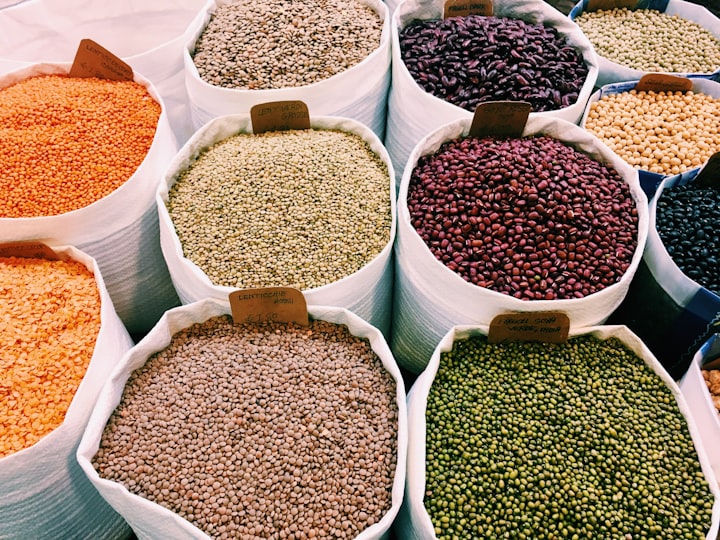

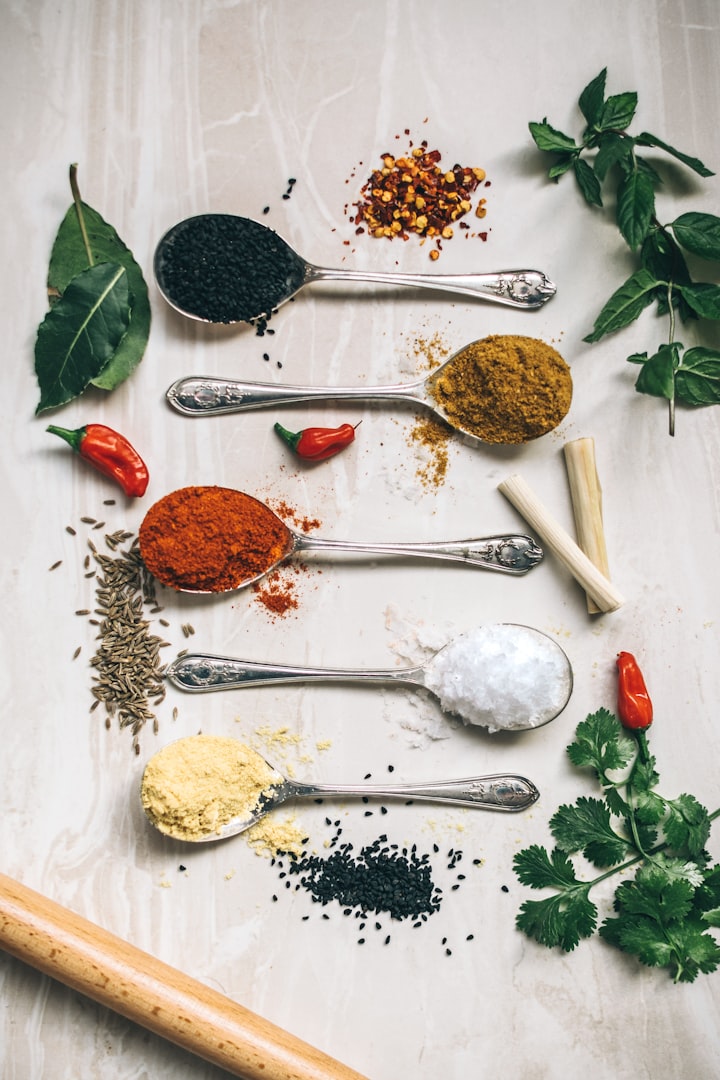

Comments
There are no comments for this story
Be the first to respond and start the conversation.